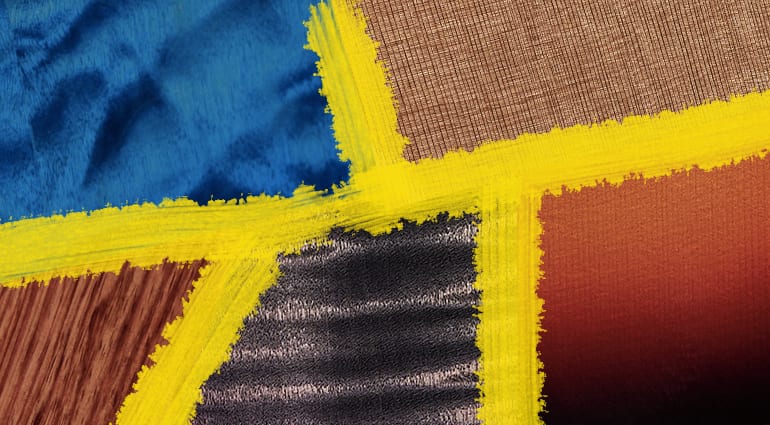
Let’s admit it: we initially choose a guitar for its look. They say “don’t judge a book by its cover” but how can you resist a Strat with delicious Tobacco Sunburst finish?? It’s like being a kid in a candy shop… the first attraction is its colour or the colour of its packaging. A guitar brand wouldn’t be very successful if it manufactured all of its guitars without lacquer or paint. We all have aesthetic tastes which run parallel with our unique personalities and the finish of a guitar should suit the personality of the player. Of course there are trends too, which come and go. In this article we will outline the most popular finishing processes throughout history. Sit back and enjoy the eye candy…
?
Instrument finishes over the centuries
When it comes to our instruments nothing is as legendary and myth-enshrouded as the finish. Rumours say that legendary luthier Antonio Stradivari‘s super expensive violins only sound as good as they do because of their lacquer made of secret natural ingredients. Researchers disagree whether a certain paint can improve the sound. What is certain, however, is that any paint can deteriorate the sound if you use too much of it.
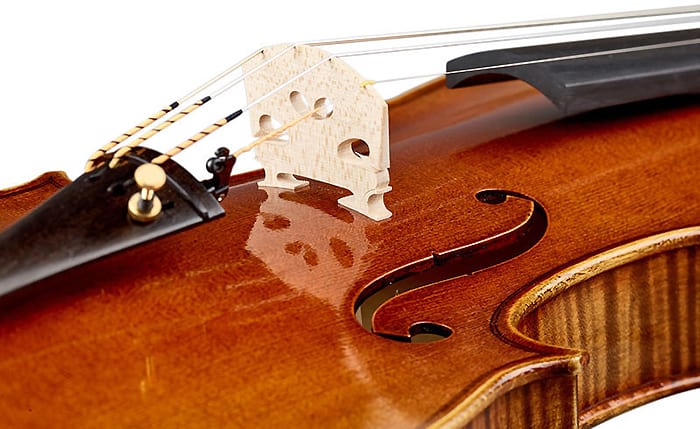 Klaus Heffler Infinity Master Violin 4:4
Klaus Heffler Infinity Master Violin 4:4
Basically there are two groups of paint: Group one contains solvents, which evaporate and leave behind the lacquer. Examples of this are shellac and nitro lacquer. Group two contains chemicals which cure and dry the paint as it is applied. An example of this is polyester.
Usually, a finish has a 3-coat structure. First, a primer is applied to the raw wood, the main task of which is to seal the pores and ensure a smooth surface. This step is especially important with wide-grain or porous wood, such as ash or rosewood, otherwise enormous amounts of this valuable varnish disappear unseen in the wood. The primer contains solids for filling the pores, or it can be a fast-drying plastic without solvent that hardly absorbs.
The best example of this is the notorious “Fullerplast“, a fast-drying solution with which Fender began priming all guitars sometime in the 1960s.
The actual lacquer, which can also contain colour pigments, is applied to the primer. In this case, and especially if the instrument is varnished in several colours – sunburst would be such a case -, a layer of clear varnish is finally applied, which is then polished to a high gloss finish.
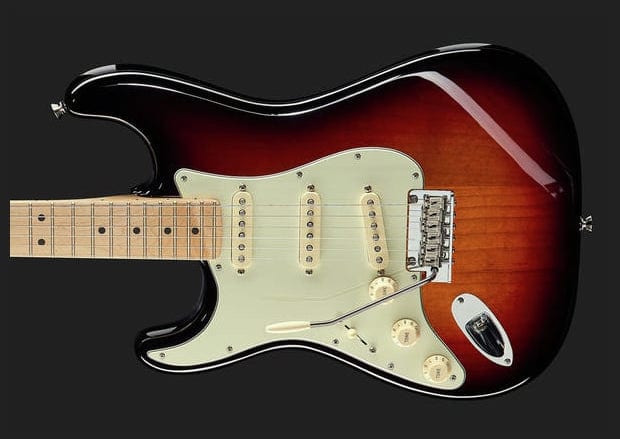
Fender AM Pro Strat LH MN 3TS – sunburst high gloss
But what is the purpose of the paint? Is it really necessary? Well, there are three purposes:
- It is designed to protect the wood from moisture, dirt and physical/mechanical damage.
- It should perhaps influence the sound positively, but definitely not negatively.
- It makes the instrument beautiful, hopefully, and more attractive to the buyer. Branding and marketing, baby!
Protection may be the most important function. A few hundred years ago, vegetable oils were used that harden under the influence of oxygen with the right additives. Most likely the Stradivarius violins (and the few guitars he made) are also coated with such an oil varnish.
Oil varnish forms a hard-wearing surface and optimally accentuates the grain of the light woods, especially the flamed maple. If only it wouldn’t take it so miserably long to dry…
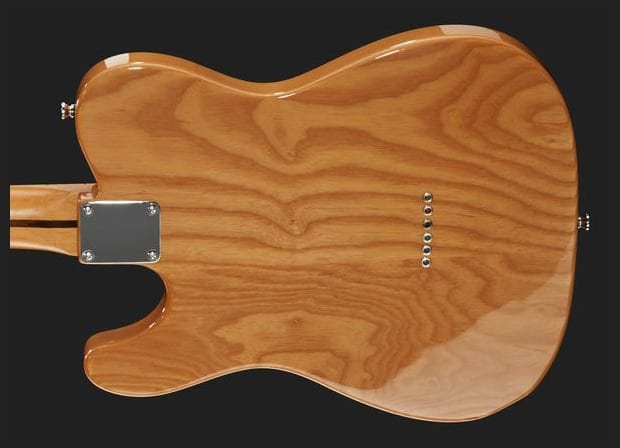
Harley Benton TE-52 NA Vintage – accentuated wood grain
This is faster with the other traditional types of paint: Shellac is the resin secreted by the female lac bug (in reality its poop). It dries extremely quickly, but only a tiny amount of varnish remains on the wood with each application. A successful high-gloss finish with shellac requires experience and a lot of time. For an industrial production this is much too complex, but still today the best concert guitars are covered with shellac!
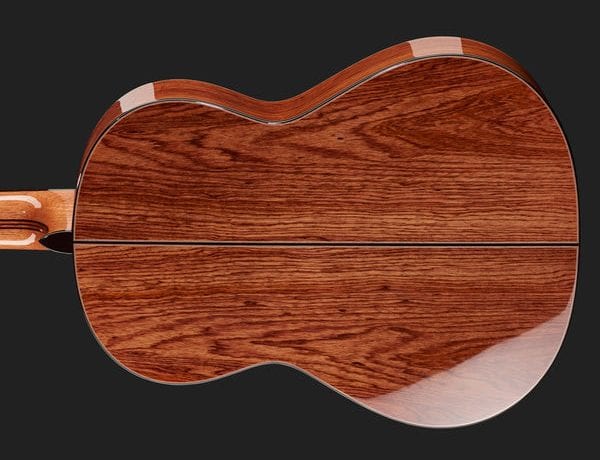
Hanika HE-Lattice with a Shellac High Gloss finish
In the 1920s, DuPont laid the foundation for modern paintwork with the development of nitro paint (also known as nitrocellulose lacquer). Alkyd coatings were developed shortly afterwards. These paints have everything that the previous paints did not have: they are easy to spray, they dry quickly and they can be polished to a high gloss. Guitar factories switched to nitro paints shortly after their introduction. The advantages over the elaborate shellac polishing process are too obvious.
For Fender, parvenu and pioneer in industrial guitar production, this development was just right. Suddenly previously unseen colours were possible, even though the best-selling colour for electric guitars is still black ?. And every season there were new colours, because the manufacturers basically followed the prevailing fashions of the automotive industry. Exactly the same sought-after special finishes for Fender guitars from the 1950s and 1960s can be found on Chevrolets, Buicks, Cadillacs, or Corvettes from those years!
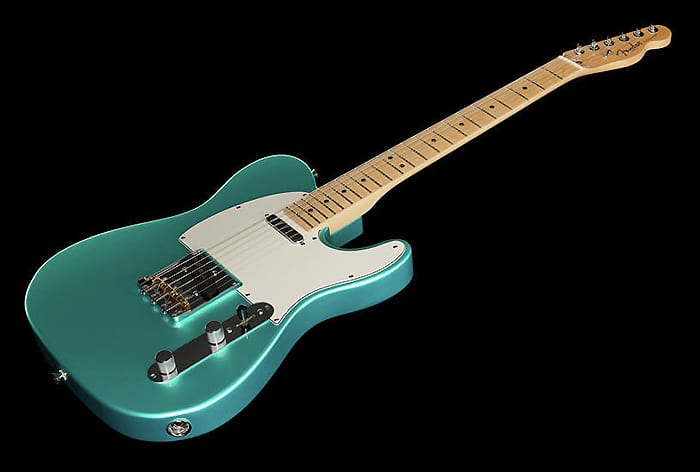
Coincidence? (Fender AM Pro Tele MN MYS)
This webpage shows many more examples of identical car & guitar finishes (click here)
At least from the point of view of guitar fans, it could have stayed that way. However, every industry tries to increase its profits. This leads to the development of polyester- and polyurethane-based coatings that can be processed even faster. However, especially in the 1970s , this optimisation got out of hand. The lacquers are applied in adventurous layer thicknesses. The traditional manufacturers, such as Gibson or Martin, stick with Nitrolack – at least that’s what we know, because these manufacturers keep the exact composition of their lacquers under lock and key (top secret stuff).
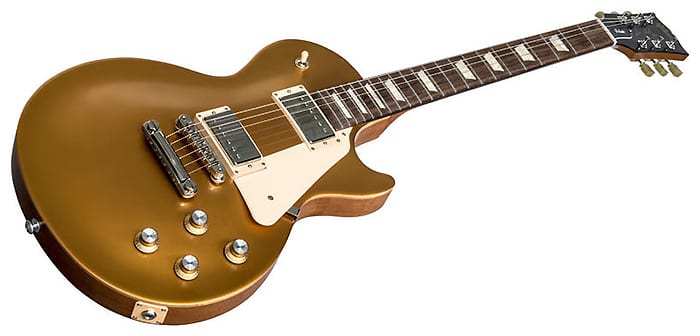
Gibson Les Paul Tribute 2018 SG with Nitrolack
A Divided World
The guitar world is still divided today. On one hand, there are manufacturers who swear by modern coating systems. These are based on PU or polyester and are applied in an electrostatic spray-painting process with minimal waste and cure under ultraviolet light within one minute. Not only do far Eastern manufacturers swear by it, Fender also paints many instruments using this system. Even Taylor, a premium manufacturer of acoustic guitars, uses it because it allows them-to achieve layer thicknesses of less than 0.01 millimetres.
Martin and Gibson, on the other hand, rely largely on traditional nitro paint – and rightly so from an economic point of view, because insiders and aficionados still regard nitro paint as the optimal surface coating for a guitar. However, there is one difference: for environmental reasons, paints can no longer contain as many solvents as in the past. ? So it is true that they are no longer what they used to be.
Some like it… old
There is one trend that we cannot go without mentioning: relic’ing. The instrument is treated in such a way that it looks as if it’s been on the road for several years. The specialists are so experienced that they can produce a convincing 50-year-old effect on a guitar or bass’ finish, whether you want it to look barely played or abused heavily in the worst (or best) rock ‘n’ roll manner…
- Fender 1960 Relic Heavy Relic
- Fender ’62 P-Bass Heavy Relic
- Fender ’63 Tele Heavy Relic
They use sandpaper, cold sprays and even specially equipped bunches of keys to scratch up the instruments. That doesn’t make the guitar any better, but it doesn’t really hurt it either. And a musician who prefers this worn look is likely to be more inspired to play, that‘s the ultimate goal.
Check out some of the relic’d instruments & accessories in our online shop (click here)
Conclusion
However, the question remains: which finish is really better? Is it nitro paint, modern paint systems or is the old vegetable oil trick enough? This is largely a question of personal taste as well as the sound itself. The best is what pleases the player most! 🙂
What is your dream finish? On which instrument? We’d love to hear about it here in the comment or on the Facebook post. ✍
3 comments
Leave a Reply
You are currently viewing a placeholder content from Facebook. To access the actual content, click the button below. Please note that doing so will share data with third-party providers.
More InformationYou are currently viewing a placeholder content from Instagram. To access the actual content, click the button below. Please note that doing so will share data with third-party providers.
More InformationYou are currently viewing a placeholder content from X. To access the actual content, click the button below. Please note that doing so will share data with third-party providers.
More Information
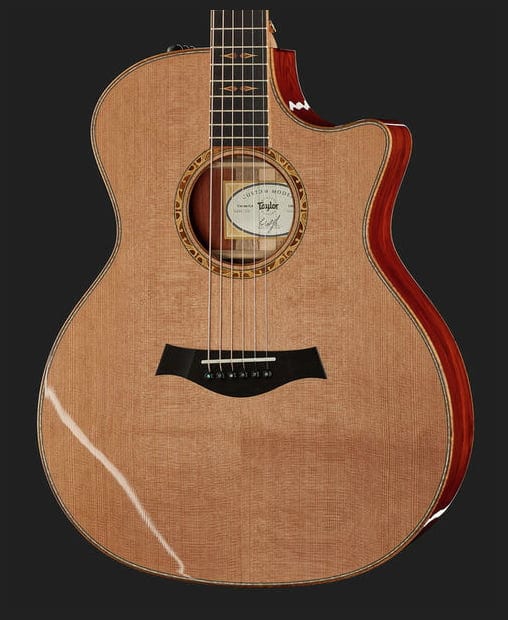

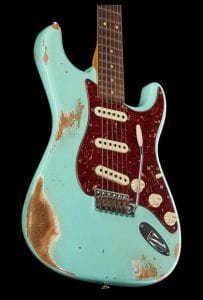



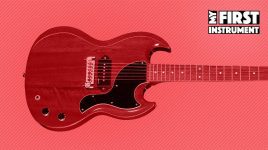





Bob says:
I would like to know which lacquer is on the harley bentons.
Your store never mentions that.
Marko says:
Over two years and STILL no answer to Bob’s very valid question. Becaus eThomann sells quitar stands and hooks that are not suitable for micro lacquer you should also tell us (paying customers) about lackquers used in HB-quitars.
Flyaway says:
Another two years later… Guys just ask Harley Benton! They should know what lacquer they are using on their instruments for sure. 🙂